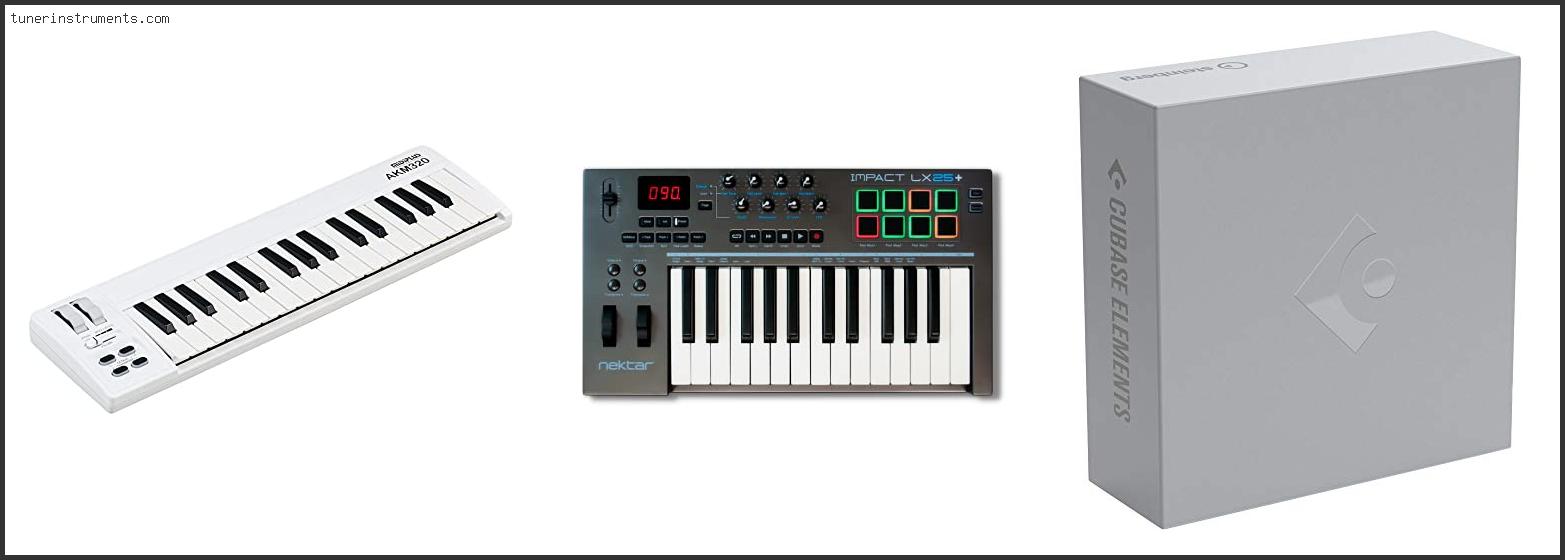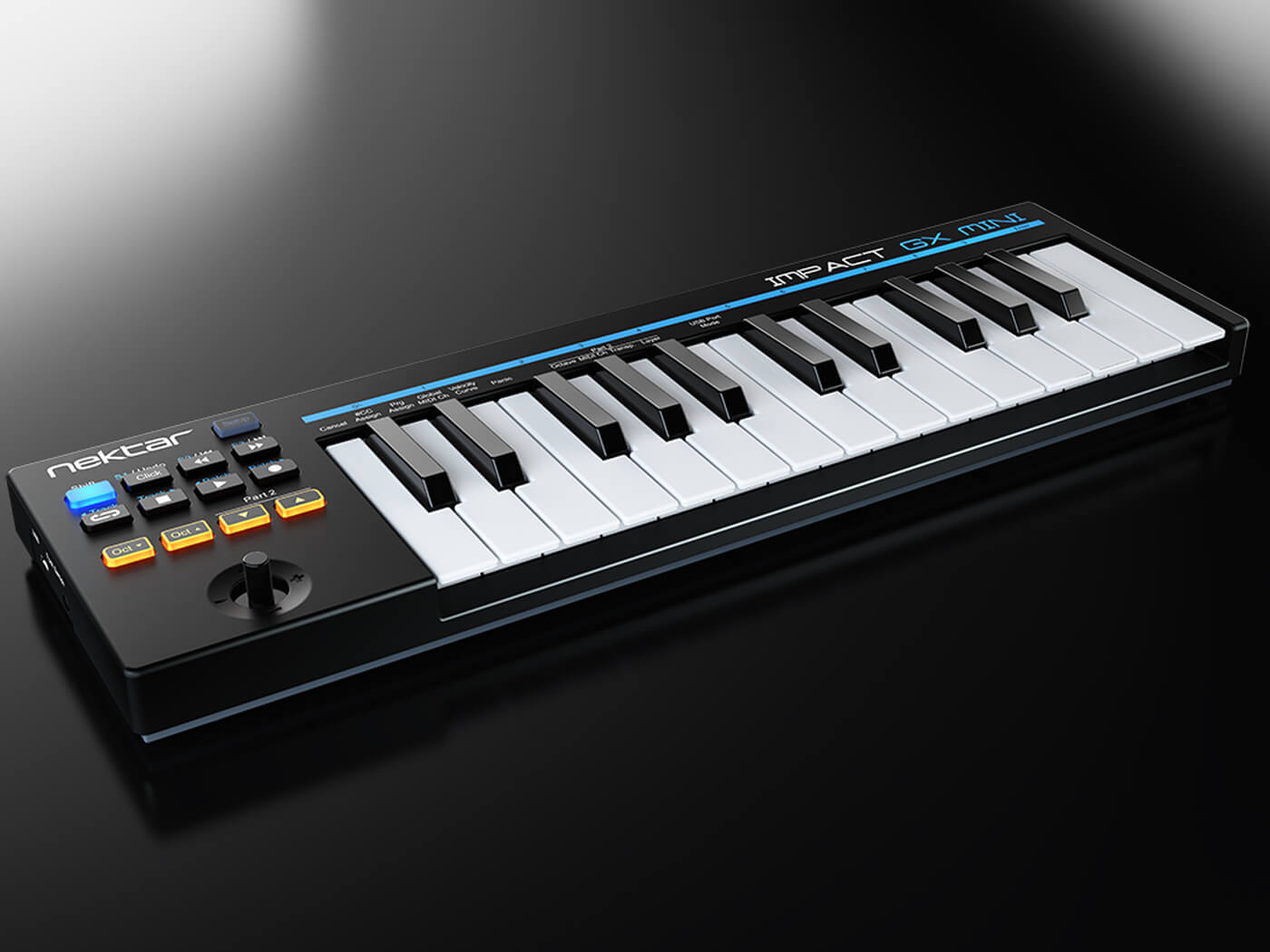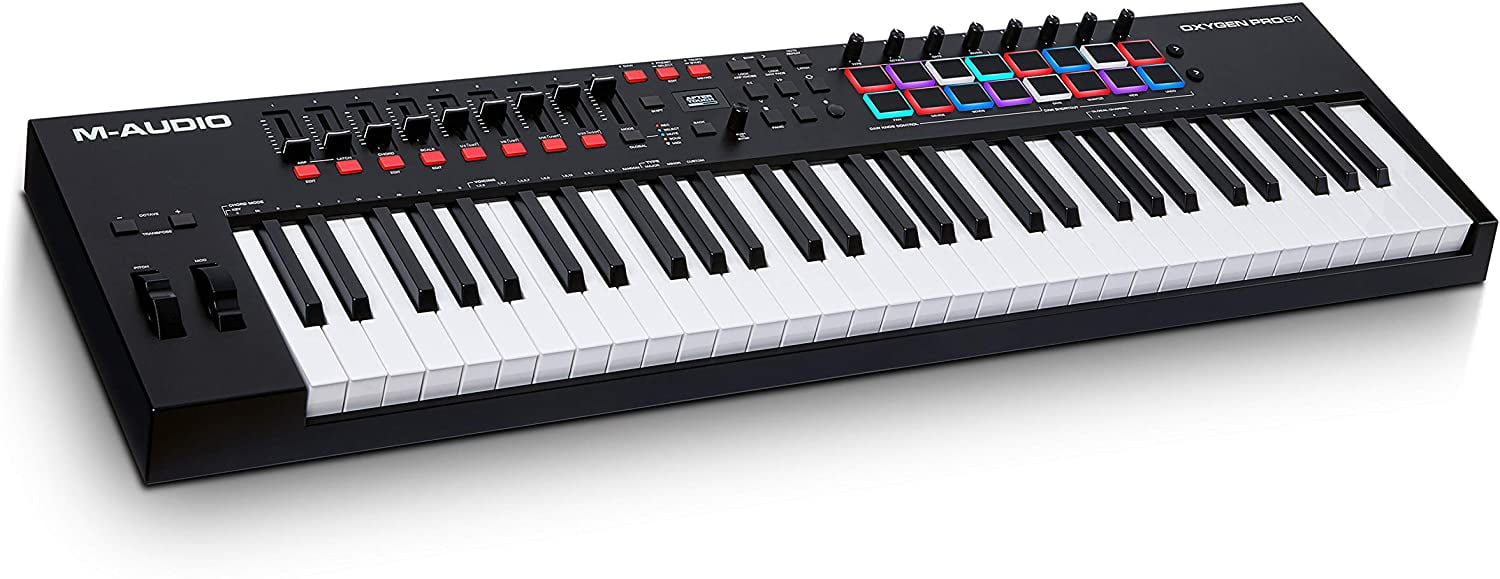

One time from the keyboard itself, the other time when Sundog sends its notes. Reason: If you use the keyboard in both Sundog and your DAW you will get multiple MIDI note events in your DAW as soon as you press a key. If you want to use an external MIDI keyboard with your setup you should keep these things in mind:ġ) Set Sundog's MIDI In to your external MIDI keyboardĢ) Don't use your external MIDI keyboard as an input device in Cubase Cubase should not send MIDI notes back to Sundog! Otherwise it might happen that these notes will trigger Sundog to instantly send new notes to Cubase as well, and the whole circle starts again. Please make sure that you don't create a nasty feedback loop with your MIDI connections. Alternatively, you can also activate the monitor button for each track. You can do this by holding down CTRL on your keyboard and then clicking on the different channels. When you are ready, you need to select/activate all the different Cubase tracks. Choose your virtual MIDI cable for the input routing of the current track. It allows you to record realistic sounding instruments in the quiet of your own apartment. Then "Enable" the module by clicking on the power button symbol of the current tab (there are several different module tabs in the Input Transformer window). The MIDI keyboard is a useful tool for the recording musician.

Select the channel you are interested in. Choose "Channel Filtering" -> "Pass channel xxx". This means that the keyboard and its controllers send their MIDI messages OUT via MIDI (instead of directly to the internal tone engine). Click on the button and choose "Local" as your target.Īt the top of the Input Transformer window, you can select a preset. To do this, you will need to open the Input Transformer for the chosen instrument (you can find the Input Transformer at the top right of the inspector for each MIDI track). You have to set the Cubase tracks to different MIDI channels so that each instrument will respond to separate MIDI note events. This way you can trigger several instruments at once. Sundog sends MIDI notes on different MIDI channels. Please make sure then that the virtual MIDI cable is activated in your Cubase settings!īasically you set the MIDI Out of Sundog to the virtual MIDI cable, and the MIDI In of Cubase to the virtual MIDI cable as well.
#Cubase keyboard midi portable
macOS: Please follow the guide here: Windows: Please follow the guide here: Elements 7 is now bundle with the Acorn Masterkey 25 USB MIDI controller keyboard, which opens the gate to portable computer music creation and delivers the. In the topmost Inspector section, open the Input Routing pop-up menu and select an input.

You will need a "virtual MIDI cable" to connect Sundog to Cubase. Procedure In the track list, select the track to which you want to assign a MIDI input. This guide here works for Cubase Artist and Cubase Pro. The smallest version (Cubase Elements) does not support multi-channel MIDI input. IMPORTANT: Cubase is available in different versions.


 0 kommentar(er)
0 kommentar(er)
